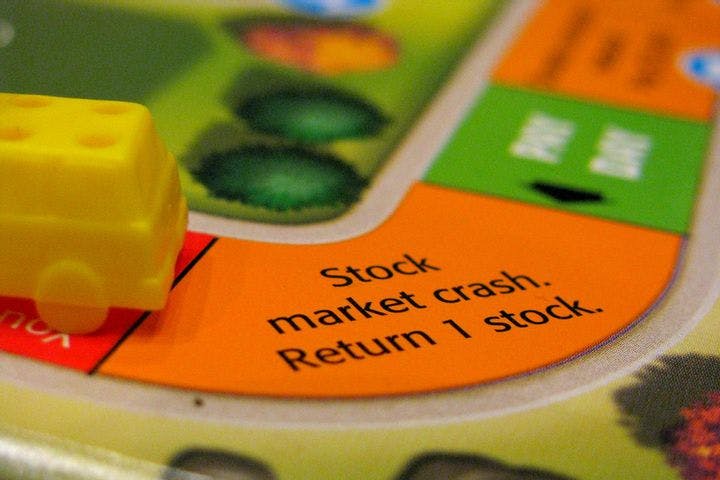Fall 2009
Blind-sided
– The Wilson Quarterly
Why did so many economists fail to anticipate the economic crisis of 2008?
Why did so many economists fail to anticipate the economic crisis of 2008? Their heads were turned by beautiful, intellectually elegant mathematical models of the economy that told them such a thing couldn't happen, writes Paul Krugman, a New York Times columnist and Nobel Prize–winning economist at Princeton.
For decades after the Great Depression, economic thought was dominated by the ideas of John Maynard Keynes, who argued that market economies, and especially financial markets, were apt to malfunction, and therefore needed a significant dose of government oversight. In 1953 the University of Chicago’s Milton Friedman struck back, launching what came to be known as the “neoclassical” model. People and markets were essentially rational, he tried to show. He saw a role for government in keeping the economy on track, but it was limited largely to stewardship by the Federal Reserve (whose bumbling he blamed for the Great Depression). Friedman’s heirs pushed things further. By about 1970, economists generally accepted the “efficient-market hypothesis” of his Chicago colleague, Eugene Fama, with its assertion, as Krugman puts it, that “financial markets price assets precisely at their intrinsic worth given all publicly available information.” In other words, markets and the people who make them are perfectly rational, all the time.
It wasn't as crazy as it sounds. Several other beautiful theories flowed from Fama’s idea, and on paper—or in elaborate computer models—they were backed by plenty of evidence. They also spawned more than a few Nobel Prizes and Wall Street fortunes. The problem, as Harvard economist (and now top Obama administration economic adviser) Larry Summers once said, was that they all amounted to “ketchup economics”: You can show very elegantly that the market will efficiently price two-quart bottles of ketchup at twice the price of a one-quart bottle; the problem is that the one-quart bottle may be mispriced.
Summers is a New Keynesian economist, one of a group that has held to Keynes’s essential point that market malfunctions can cause economic downturns. Investors may get caught up in panics; large numbers of people may stop spending money even though there appears to be no objective reason for them to do so. But, lulled by the solid economic performance of 1985–2007, the New Keynesians tended to agree with the neoclassicists that the economy normally functions smoothly and that smart Federal Reserve policy is sufficient to keep it on track. Meanwhile, neoclassicists pushed into more extreme ground. In the 1980s, Edward Prescott of the University of Minnesota, later a Nobel Prize winner, argued that changes in demand were not caused by the business cycle at all but by outside forces, such as technological change. Bubbles, some of the neoclassicist economists argued, just couldn't happen. All the theories proved it.
What now? Keynesianism is not dead—it inspired the Obama administration’s massive stimulus package—but the New Keynesians’ elaborate models (including Krugman’s own, he confesses) can’t cope with the kind of upheaval the financial sector and the larger economy have experienced. Economists of all kinds counted on the Federal Reserve as the ultimate steward of the economy, but it has cut interest rates virtually to zero and has no ammunition left. Economists will need to recognize that the economy is a lot messier than they thought, Krugman argues. There are plenty of building-blocks for new models—Fed chairman Ben Bernanke contributed an important piece in his time as a Princeton economist—but, Krugman says, “it will be a long time, if ever, before the new, more realistic approaches . . . offer the same kind of clarity, completeness, and sheer beauty” that once bedazzled so many.
* * *
The Source: "How Did Economists Get It So Wrong?" by Paul Krugman, in The New York Times Magazine, September 6, 2009.
Photo courtesy of Flickr/wsilver
